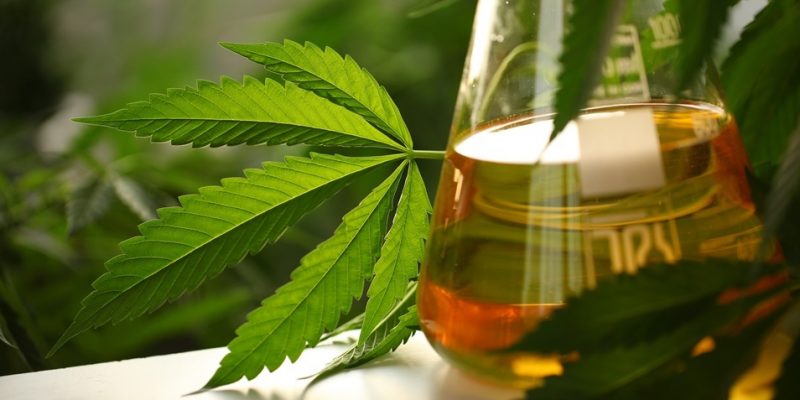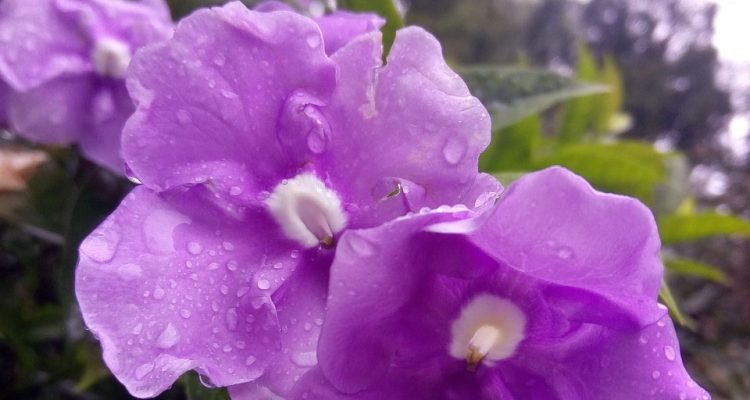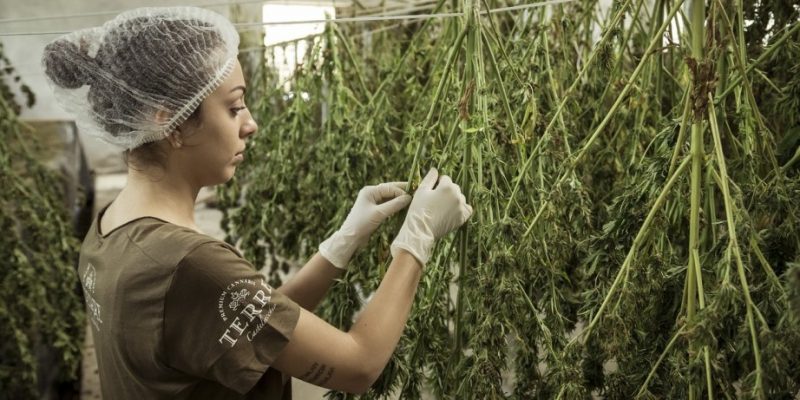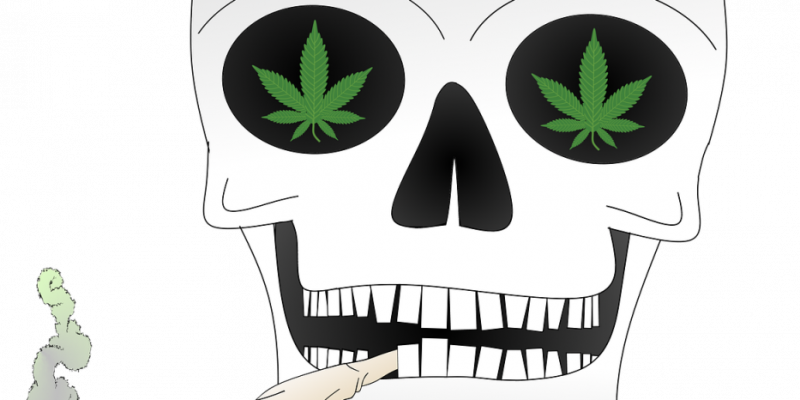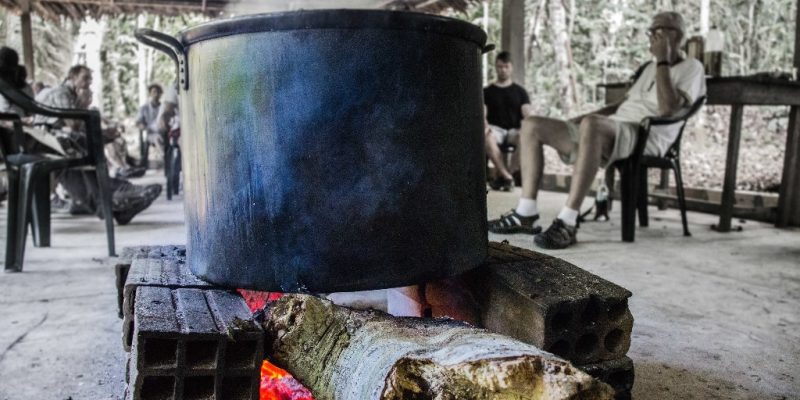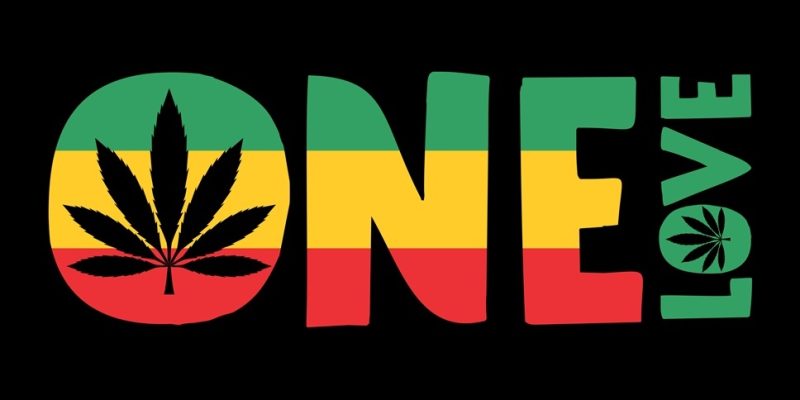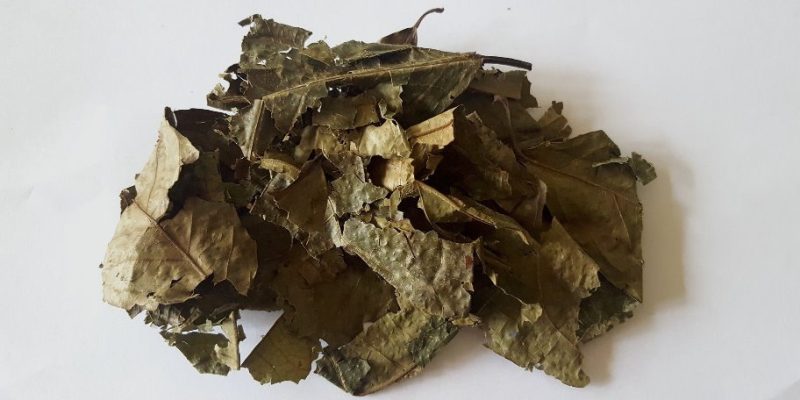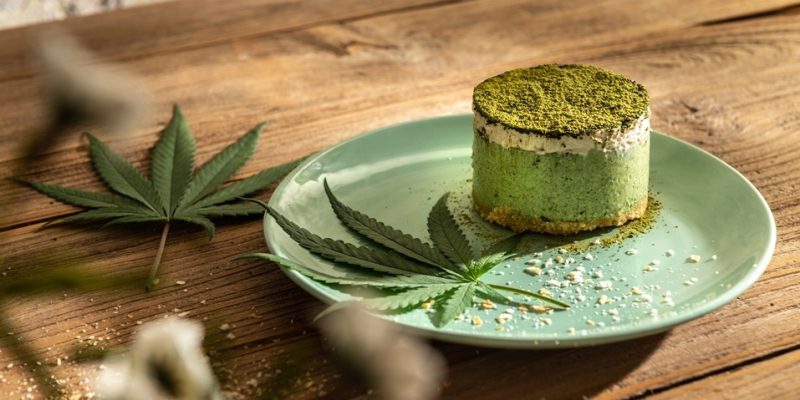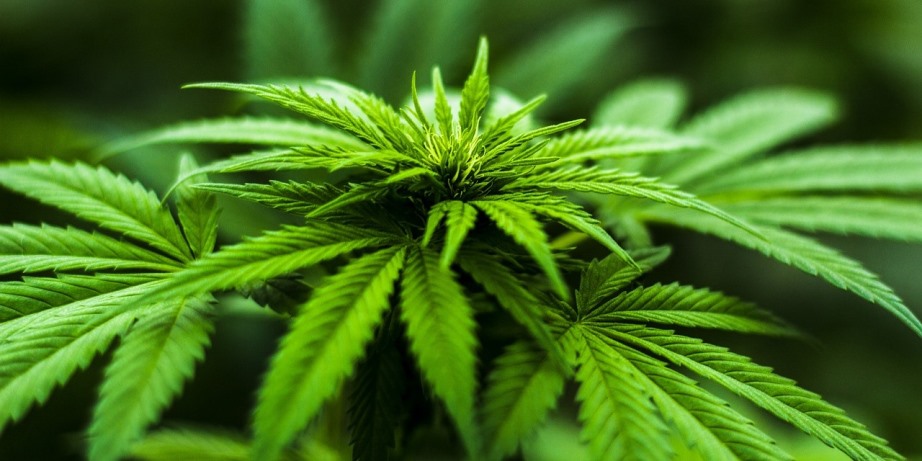
Cannabis use has a long history. The plant is thought to have been cultivated already 10,000 years ago in Asia, but written evidence of its use — for both drug and non-drug applications — appears first around 4,000 years ago in India, and around 2,500 years ago among the Chinese, ancient Egyptians, Greek, and Romans.
As from the Middle Ages (500 CE – 1500 CE), its use spread gradually among the Islamic empire and to Europe, and later on to South and North America. However, Cannabis became illegal in many countries in the 20th century, but in the past two decades an opposite development is taking place, globally, legalizing Cannabis for industrial, medical, and recreational use in various degrees, depending on the country.
What Is Cannabis?
Originating in Asia, Cannabis is a type of flowering plant (producing little dry fruits) in the Cannabaceae family. Flowers may be male or female, occurring on separate plants, or occurring on the same plant. Notably the female flowers and fruits are used for drugs production.

Commonly, three Cannabis species are recognized, which are Cannabis Sativa, Cannabis Indica, and Cannabis Ruderalis. Within those species there are many different strains, usually specifically cultivated to strengthen or weaken certain properties, together counting over more than 2,000 varieties.
The Cannabis plant has a very broad variety of names and nicknames that numbers in the hundreds, if not in the thousands. Think of denominations such as weed, grass, hash, hashish, hemp, pot, ganja, and marijuana (marihuana), which are perhaps the most widely known in the English language.
The designation hemp, by the way, is rather used for those Cannabis varieties that have been cultivated for non-drug and industrial use, such as for oils, food, paper, rope, textiles, clothing, paint, insulation, among many other applications.
As for medical and recreational applications of Cannabis, the many Phytocannabinoids (simply called Cannabinoids) constituents found in the plant are of importance, notably Cannabidiol (CBD), which is a non-psychoactive component, and Tetrahydrocannabinol (THC), which is a psychoactive component (responsible for “getting high”).
In fact, Cannabis plants have more than 450 different chemical constituents, but Cannabis strains are mainly categorized by their overall amount of the two Cannabinoids THC and CBD produced, and on the ratio of THC to CBD. Plants for non-drug use typically have relatively low levels of THC and high levels of CBD, but plants for drug use have high levels of THC and low levels of CBD.
Cannabis Applications
Cannabis applications can be roughly categorized into recreational, religious or ceremonial, medical, and industrial use.
Recreational
Perhaps the best known, popular use of Cannabis is its application for recreational purposes, that is, for “getting high.” Cannabis buds or Cannabis extracts (such as hashish and hash oil) may be smoked, inhaled, drunk, or eaten.
The psychoactive and sometimes psychedelic effects of using Cannabis (of those plants with high levels of THC) may include relaxation, euphoria, philosophical thinking, and introspection, but also hunger, anxiety, increased heart rate, panic attacks, and/or paranoia.
Religious or Ceremonial
Cannabis was and is still used in a variety of religious practices, rituals, special ceremonies, meditation practices, festivities, and divination by medicine men, indigenous healers, shamans, monks, and individual practitioners of certain religions, philosophies, or lifestyles.
The goal of such applications is often to create changes or higher forms of perception, mood, introspection, consciousness, cognition or behavior for spiritual development, mystical experiences, or for other sacred practices.
Medical
Medical use of Cannabis — usually referred to as Medical Cannabis or Medical Marijuana — is typically about the use of the Cannabinoid constituents, notably Cannabidiol (CBD) and Tetrahydrocannabinol (THC), either the natural, organic extracts of the Cannabis plant, or artificial, synthetic forms of THC or CBD. The goals of such use is to treat and cure diseases or to alleviate symptoms of certain health conditions.
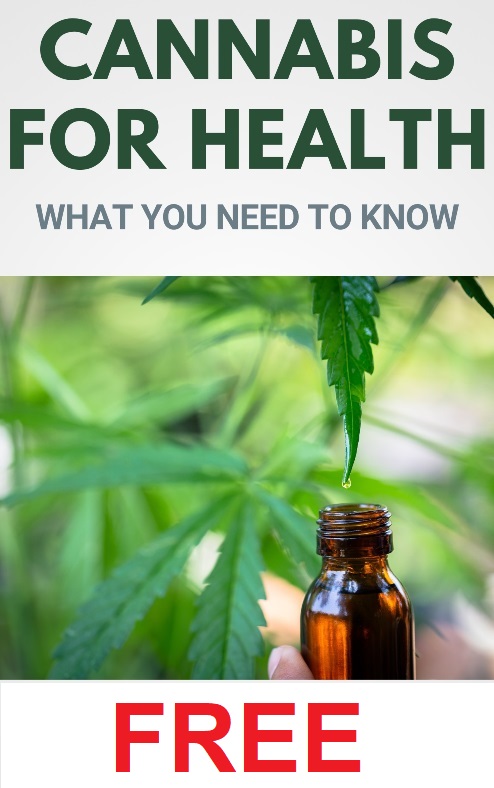
Medical Cannabis can be taken orally as pills, drops, food or drinks, used topically on the skin by using oils, cream, lotions, balms, and such, or being consumed via inhalation using steams and vapors, pipes, and bongs, and so on.
Cannabis may be used to diminish nausea and vomiting, improve appetite, alleviate chronic pains and muscle spasms, mitigate effects of strokes, treat depression, anxiety, psychosis, ADHD (Attention Deficit Hyperactivity Disorder), Tourette syndrome, PTSD (Post-Traumatic Stress Disorder), headaches, digestion disorders, insomnia, inflammation, and high blood pressure, to name some well-known applications.
Nevertheless, mind that the knowledge of Cannabis constituents for medical use is still in its infancy and more scientific research is needed to determine the exact health benefits of using Cannabis, the doses needed of certain Cannabinoids to treat specific conditions, the (short term) side effects, and the long term effects of chronic use.
Industrial
Historically, the industrial application of Cannabis refers to using the durable, soft fiber from the Cannabis plant stalk, in order to produce paper, rope, textiles, insulation materials, clothing, building materials, cords, and such.
Cannabis plants used for industrial use are commonly called hemp or industrial hemp, and characteristically contain very low levels of THC. Nowadays, hemp is also used to produce other products, such as food, drinks, and oils, in which hemp seeds, hemp leaves, hemp seed oil, and/or hemp milk are used.





